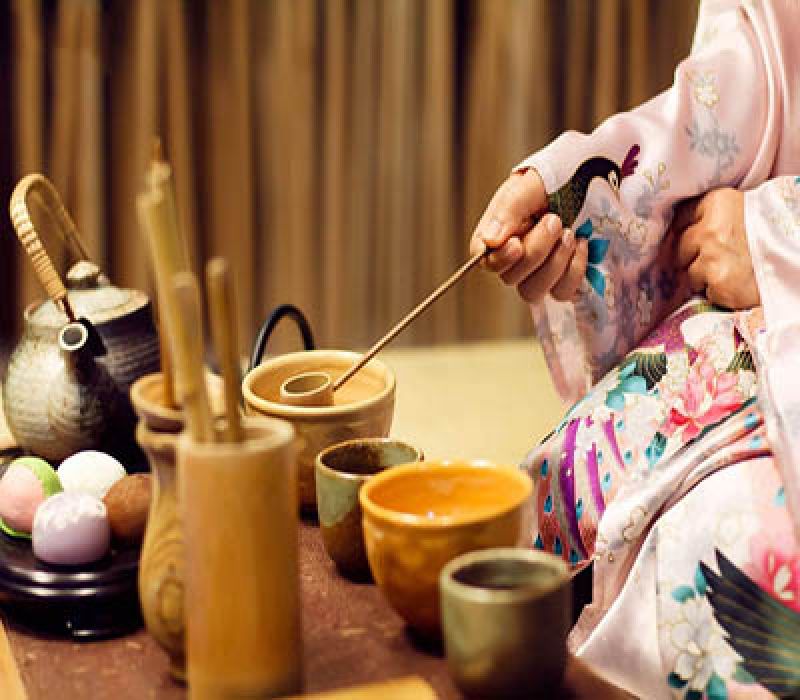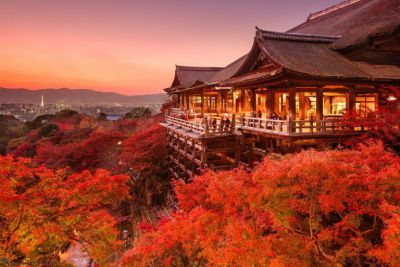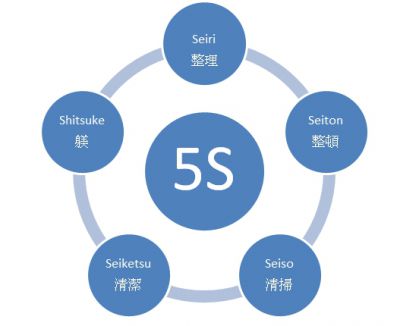JAPANESE CULTURE
✶✶✶
As we all know, Japan is a country that suffers from many natural disasters such as earthquakes, tsunamis, volcanoes, etc. Yet, with its tenacity, resilience and solidarity spirit. , the Japanese have made the whole world bow in admiration. All those virtues originate from the culture of the people here.
1. Japanese tea ceremony
Developed around the end of the 7th century, the tea ceremony has become an art of enjoyment as well as a feature of Japanese culture. To us, it may just be an ordinary cup of green tea, but for the Japanese, this cup of tea is very special, it opens up a vast horizon in their souls.
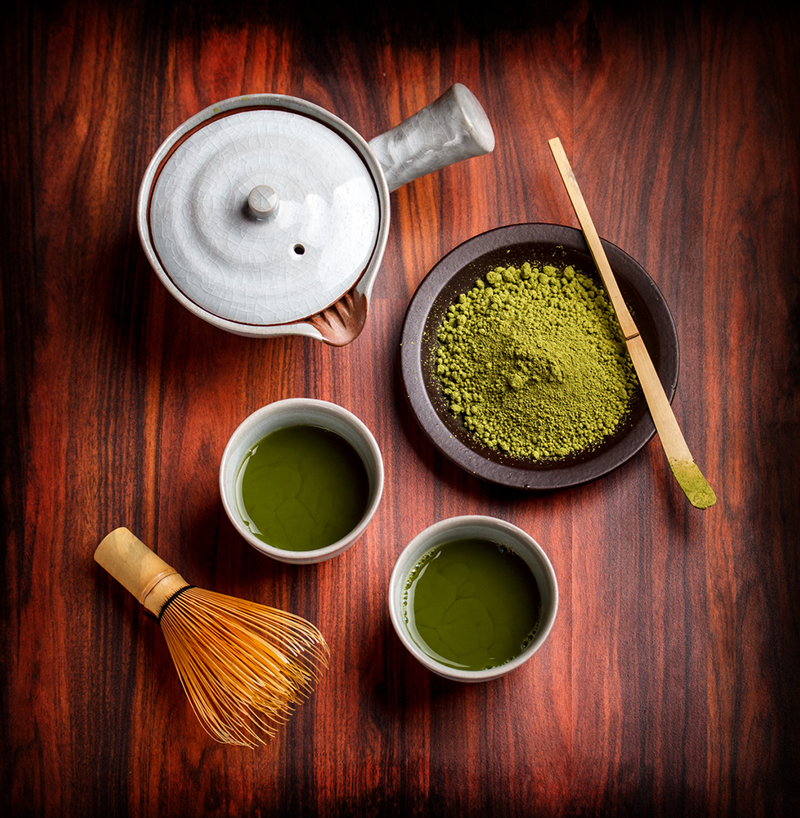
The spirit of the tea ceremony is known through four words: “peace”, “respect”, “pure”, “leisurely”. In which, "peace" is peaceful; “respect” means respecting the superior, loving friends and children; "pure" is peaceful; and "leisurely" means the highest aesthetic limit of the leisurely tea ceremony.
2. TRADITIONAL APPARATUS KIMONO
"Kimono" in Japanese means: "clothes to wear", harmony or another name is Japanese clothes, a type of traditional Japanese clothing. Kimono has been used by the Japanese for hundreds of years. Today, due to international integration and the nature of life, Kimono is no longer used every day as before, but is usually only used on holidays, parties or festivals.
In Japan, women wear Kimono more commonly than men, it often has many outstanding colors and patterns. Besides, Kimono for men usually has no pattern, darker color.

Kimono has only one size, suitable for all subjects. Kimono has 2 types: wide sleeve and short sleeve. Wide arms are usually reserved for unmarried women.
3. SAKE WINE
Referring to Japan, everyone probably knows the typical wine from ancient times of the land of Japan: sake. Sake is a traditional light alcohol made from rice through several stages of fermentation and comes with quite a few rules. Depending on different times, the Japanese will also use different types of alcohol.
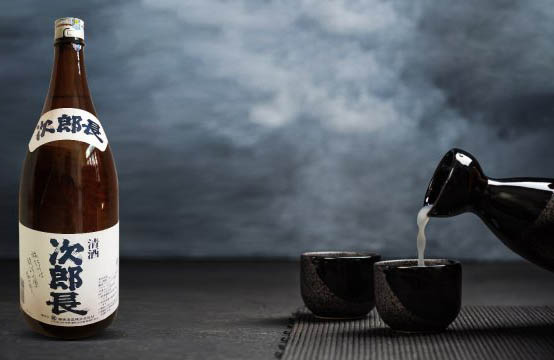
In Japanese culture, young people have to pour alcohol for the oldest person first, when someone pours sake for you, you need to hold the wine cup with one hand and the other hand under the cup to show courtesy.
4. CULTURE IN COMMUNICATION
In traditional Japanese culture, there are rules and rituals that everyone must follow. In particular, all Japanese greetings are always accompanied by a final bow. Depending on the social status and relationship with the participants, the Japanese use different rules and rituals as well as ways of bowing.
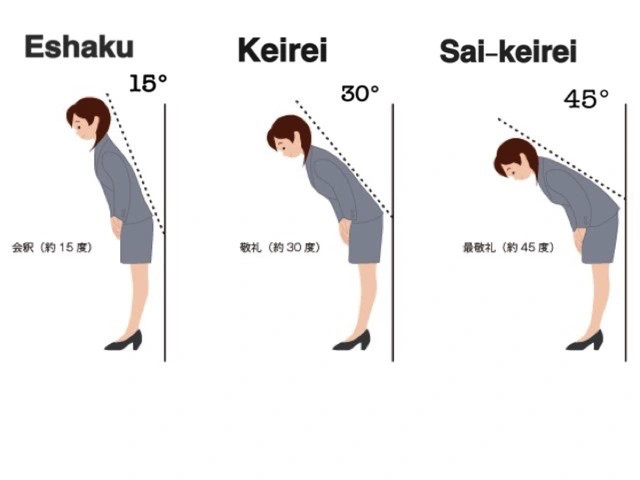
(How to bow in greeting)
The Japanese use three types of bowing:
➤ Eshaku style (会釈) - slightly bowed.
This is the type of Ojigi used to greet people of the same age, class and social status, showing intimacy and gentleness. In this style, the body and body are only slightly bent about 15 degrees for one to two seconds, the hands can be left at the sides.
➤ Keirei style (敬礼) - normal greetings
Compared to Eshaku, Keirei shows a higher level of formality. Keirei is Ojigi used to greet superiors, elders or customers, business partners, etc. When performing this greeting, the Japanese will bow from 30 to 35 degrees for about 2 to 3 seconds.
In case you are sitting on the ground and want to perform this salute, your ears should be facing the ground and 10 to 20 cm apart, the distance from the head to the floor when bowing should be 10 to 15 cm.
➤ Saikeirei style(最敬礼) - most solemn
This type of greeting shows the highest respect for the other party. The Japanese often use Saikeirei to show gratitude and respect to the supreme and sacred such as God, Buddha, the national flag, etc., or to the parents, grandparents, parents, etc. …
This greeting also replaces the apology, showing the sincerity of the Japanese: bow very low, about 45 to 60 degrees and hold for about 3 seconds, or even longer. Usually the Japanese will say hello first and then bow, or perform both actions at the same time: saying hello and bowing.
5. Rituals and customs
Rituals and customs have contributed significantly to the process of forming the typical culture of Japan, as well as the basis for a disciplined lifestyle and stable development of society, thereby creating to create a Japanese culture imbued with endogenous elements.
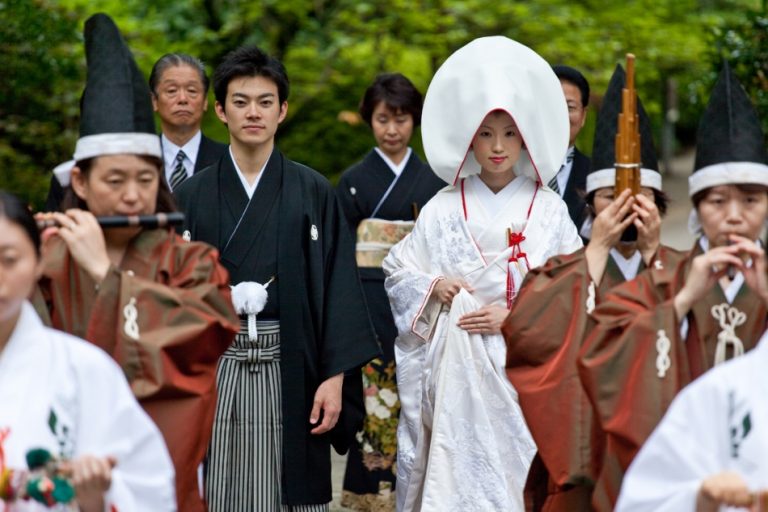
(Traditional Japanese wedding)
7. JAPANESE CULTURE IS BEAUTIFUL NATIONAL CHARACTERISTICS
The interference between modern culture and tradition has created a unique beauty in the culture of Japanese people. To explain this, there is an opinion that because Japan is surrounded by sea and islands, there has never been a war of aggression, so it has created a cultural unity for society. Besides, there are also other opinions that it is the harsh natural conditions with many natural disasters such as earthquakes, tsunamis, etc., that have created a will, resilience and above all a spirit of solidarity against Japanese disaster.
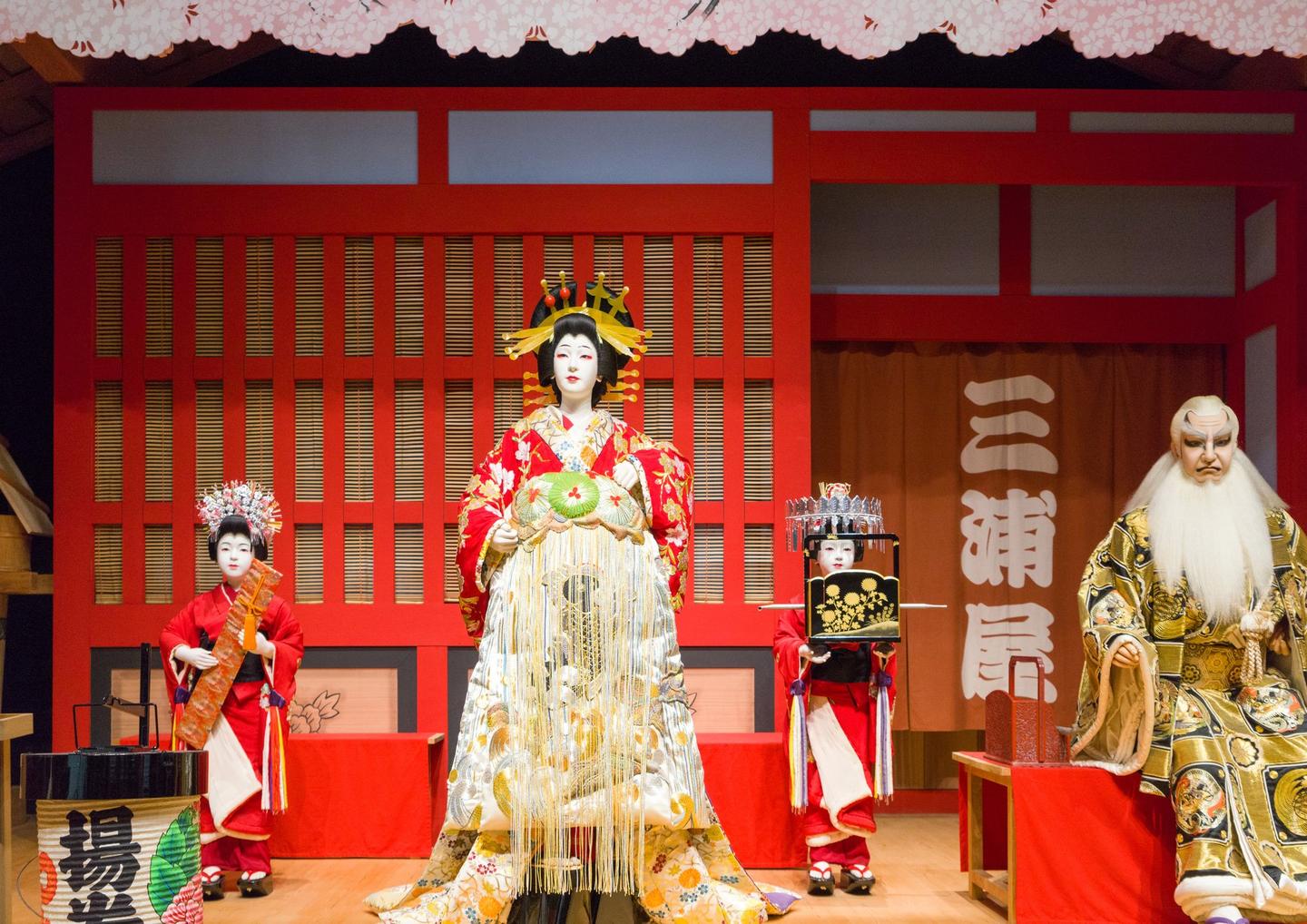
(Kabuki drama - Japan)
8. NHỮNG NÉT "LẠ" TRONG VĂN HÓA NHẬT
Japan has a number of cultural features that will surprise any tourist when coming here:
➻ Always say thank you and sorry.
➻ The custom of giving gifts on holidays and Tet.
➻ CService industries do not have a tipping culture.
➻ Before entering the house, you must take off your shoes with your toes facing out, then use indoor slippers.
➻ Eat raw foods such as fish, squid, octopus, ...
➻ When eating ramen or soba, Japanese people often slurp because according to the concept of eating like that, it shows the chef that the dish is delicious.


